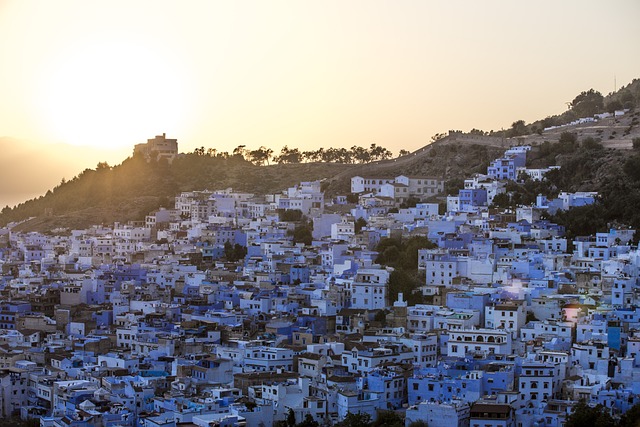Morocco is a beautiful country in North Africa with a rich history. One important part of its past is the time when it was colonized by France and Spain. This period shaped the country’s culture, language, and politics. Understanding this history helps us see how Morocco became the nation it is today.
In the early 1900s, France and Spain took control of different parts of Morocco. They influenced many aspects of Moroccan life, including its cities, schools, and government. The French ruled most of the country, while the Spanish controlled some northern and southern areas.
The fight for independence began in the mid-20th century. Brave leaders and citizens worked hard to free Morocco from foreign rule. Their efforts were successful, and Morocco gained independence in 1956. This struggle is a key part of Morocco’s identity and pride.
Knowing about French and Spanish influence, as well as the independence movements, helps us understand Morocco’s unique character. This introduction sets the stage for a deeper look into how these events unfolded and their lasting impacts. Next, we will explore how France influenced Morocco during the colonial period.
French Influence on Morocco
In 1912, Morocco became a French protectorate. This means France controlled Morocco, though it remained a kingdom. The French wanted to benefit from Morocco’s resources and strategic location.
During the French rule, many changes occurred. The French built new schools, roads, and cities. They introduced modern farming techniques and industries. Major cities like Casablanca grew rapidly under French influence.
The French left a lasting mark on Morocco. Many Moroccans speak French today. French-style buildings can be seen in cities. The education system also reflects French practices.
French influence is still important in Morocco. French is used in business and government. The architecture and infrastructure from the French period continue to shape the country.
Spanish Influence on Morocco
Spain controlled parts of Morocco starting in the early 1900s. The northern regions and parts of the south were under Spanish rule. Spain wanted to expand its power and influence in North Africa.
During Spanish rule, several key events took place. Spain built schools, roads, and forts. They also established new towns and improved ports. The Spanish influence was strong in cities like Tetouan and Melilla.
Spanish influence remains visible today. Many people in northern Morocco speak Spanish. Spanish architecture and customs are still present. The Spanish culture has blended with Moroccan traditions.
Spanish influence continues to be important. Spanish is taught in schools and used in businesses. The cultural mix from the Spanish period enriches Moroccan society.
Independence Movements in Morocco
In the 20th century, Moroccans began to seek freedom from French and Spanish rule. Nationalism grew as people wanted their own government and control.
Important leaders like Sultan Mohammed V inspired the people. Groups like the Istiqlal Party worked hard for independence. They organized protests and demanded freedom.
Several events led to Morocco’s independence. In 1953, the French exiled Sultan Mohammed V. This angered many Moroccans. In 1955, he returned and was welcomed as a hero. By 1956, Morocco gained independence from both France and Spain.
The fight for independence was tough but successful. Gaining independence in 1956 marked a new beginning. It showed the strength and determination of the Moroccan people.

Lasting Impacts of Colonialism on Modern Morocco
The colonial period left a rich cultural legacy. French and Spanish languages are widely spoken. Architecture from this era still stands in many cities. This mix of cultures makes Morocco unique.
The colonial rule changed Morocco’s politics and economy. New laws and government systems were introduced. Industries like mining and agriculture were modernized. These changes helped shape today’s Morocco.
Colonial history is still relevant today. It influences Morocco’s relations with France and Spain. The cultural blend enriches Moroccan society. Understanding this history helps us appreciate Morocco’s diverse heritage.
Conclusion
Morocco’s colonial history is rich and complex. French and Spanish influences shaped its culture, language, and architecture. The fight for independence showed the bravery and determination of the Moroccan people.
Understanding this history helps us appreciate Morocco today. It explains why French and Spanish languages and buildings are still present. It also highlights the significance of the independence movements.
Learning about Morocco’s past is important. It gives us a deeper appreciation of its culture and heritage. Explore more about this fascinating country’s history and discover its unique story.
